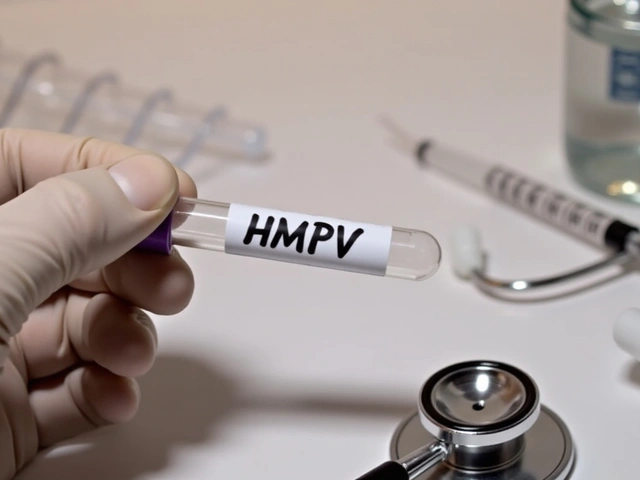Plane crash: news, causes and live updates
This tag collects all our coverage when aircraft accidents happen. You’ll find breaking reports, official statements, expert explanations and follow-ups on investigations. We aim to give clear, verified information so you can quickly understand what happened and why. Expect timelines, maps, photos and links to official reports when they become available.
What to expect after a crash
In the first hours after a crash, details are often sketchy. Reporters look for flight number, aircraft type, location, number of people on board, and whether there are survivors. Early numbers can change. Airlines, airports and aviation authorities usually release the first official updates. Find the emergency contact number on the airline website if you have a loved one on the flight.
Investigations follow a standard path. Authorities recover the wreckage and, when possible, the flight data recorder and cockpit voice recorder. Investigators check maintenance logs, crew training records, weather reports and air traffic control transcripts. That process can take months. Final reports explain probable causes and list safety recommendations.
How to follow updates
Use official sources: the airline, the national aviation authority and reputable flight tracking sites. Avoid viral posts from unverified social accounts. We add verified updates here as they arrive: statements, timelines, photos and expert comments. If you want push alerts, sign up on the site or follow our social accounts for instant notices.
Common causes of crashes include human error, mechanical failure, severe weather, bird strikes, runway problems and fuel issues. Rarely, deliberate acts play a role. When reading reports, look for the words investigators use: “probable cause” and “contributing factors.” That language matters and tells you whether a single failure or a chain of problems led to the accident.
If you are a relative, contact the airline’s emergency line and your embassy if you are abroad. Airlines set up hotlines and family assistance centers. Be careful with social media lists of passengers; wait for official passenger manifests. If you witness a crash, keep a safe distance, let emergency crews work and share any information only with authorities.
Even after a tragic event, air travel remains one of the safest ways to fly. Each major accident leads to lessons: design changes, new training rules or improved procedures. Tracking those changes helps you see how safety improves over time.
On this page we group every plane-crash story so you can follow one event from breaking news to the final report. Bookmark the tag, check back for updates and use the links to official agencies to read full investigation files when they are published.
If you want deeper context, read past investigation reports from your country’s aviation safety board and ICAO findings. Look for accident diagrams, timelines and safety recommendations — they explain technical details in plain language. For emotional support, airlines and local NGOs often offer counseling for survivors and families. If you report a sighting, give exact time, location and any photos to investigators; that helps them piece events together faster.
A Jeju Air Boeing 737-800 crashed in South Korea, killing 175 passengers and four crew members, after a bird strike warning. The tragic incident has raised safety concerns and calls for thorough investigations to prevent future tragedies. The aircraft was on a routine flight from Jeju to Beijing. The aviation industry is watching as experts analyze potential causes beyond the bird strike warning.
Recent-posts
Jan, 6 2025






